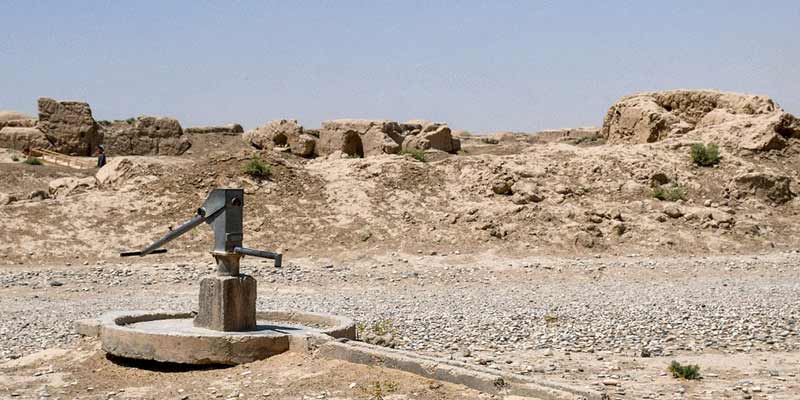- World
- Aug 27
1 in 4 people lack access to safe drinking water globally
• Despite progress over the last decade, billions of people around the world still lack access to essential water, sanitation, and hygiene services, putting them at risk of disease and deeper social exclusion.
• A new report titled ‘Progress on Household Drinking Water and Sanitation 2000-2024’, launched by WHO and UNICEF during World Water Week 2025, reveals that, while some progress has been made, major gaps persist.
• People living in low-income countries, fragile contexts, rural communities, children, and minority ethnic and indigenous groups face the greatest disparities.
• Between 2000 and 2024, the global population increased from 6.2 billion to 8.2 billion people.
• During this period, the total number of people with access to safely managed drinking water services increased by 2.2 billion people (from 3.8 billion to 6 billion) and the number of people still lacking even a basic drinking water service decreased from 1.1 billion to 696 million.
• Since 2015, as many as 961 million people have gained access to safely managed drinking water services.
• In 2024, as many as 89 countries had already achieved universal access (>99 per cent) to at least basic drinking water services.
• Thirty-one countries have achieved universal access to safely managed services and if current trends continue 38 will reach universal access by 2030.
Categories of water:
• ‘Surface water’ means drinking water directly from a river, dam, lake, pond, stream, canal or irrigation canal.
• ‘Unimproved’ means drinking water from an unprotected dug well or unprotected spring.
• ‘Limited’ means drinking water from an improved source, for which collection time exceeds 30 minutes for a round trip, including queuing.
• ‘Basic’ means drinking water from an improved source, provided collection time is not more than 30 minutes for a round trip, including queuing.
• ‘Safely managed’ means drinking water from an improved source that is accessible on premises, available when needed and free from faecal and priority chemical contamination.
Key points of the report:
i) Despite gains since 2015, one in 4 — or 2.1 billion people globally — still lack access to safely managed drinking water, including 106 million who drink directly from untreated surface sources.
ii) Among the 2.1 billion people still lacking access to safely managed drinking water in 2024, two thirds (1.4 billion) had a basic service, 287 million used limited services, 302 million used unimproved sources and 106 million still used surface water.
iii) 3.4 billion people still lack safely managed sanitation, including 354 million who practice open defecation.
iv) 1.7 billion people still lack basic hygiene services at home, including 611 million without access to any facilities.
v) People in least developed countries are more than twice as likely as people in other countries to lack basic drinking water and sanitation services, and more than three times as likely to lack basic hygiene.
vi) In fragile contexts, safely managed drinking water coverage is 38 percentage points lower than in other countries, highlighting stark inequalities.
vii) While there have been improvements for people living in rural areas, they still lag behind. Safely managed drinking water coverage rose from 50 per cent to 60 per cent between 2015 and 2024, and basic hygiene coverage from 52 per cent to 71 per cent. In contrast, drinking water and hygiene coverage in urban areas has stagnated.
viii) Data from 70 countries show that while most women and adolescent girls have menstrual materials and a private place to change, many lack sufficient materials to change as often as needed.
ix) Adolescent girls aged 15-19 are less likely than adult women to participate in activities during menstruation, such as school, work and social pastimes.
x) In most countries with available data, women and girls are primarily responsible for water collection, with many in sub-Saharan Africa and Central and Southern Asia spending more than 30 minutes per day collecting water.
xi) Achieving the 2030 targets for ending open defecation and universal access to basic water, sanitation and hygiene services will require acceleration, while universal coverage of safely managed services appears increasingly out of reach.

